Green Living, Better Investing: Implementing Eco-Friendly And Energy-Efficient Designs Into Your Home
In an era where the effects of climate change are more evident than ever, the call for sustainable living has never been louder.
Amidst the myriad of ways to contribute to a healthier planet, one method stands out due to its direct impact on our daily lives – incorporating energy-efficient and eco-friendly designs into our homes.
This approach goes beyond just lowering our carbon footprint; it signifies an investment in our future, promising not only environmental benefits but also tangible, long-term financial gains.
Eco-friendly living is not just a temporary trend; it is an essential lifestyle change.
The transformation of our homes into energy-efficient spaces does not merely imply a physical change, but also a shift in mindset.
It is about making conscious choices, about recognizing and implementing practices that help us coexist harmoniously with our environment.
These changes range from adopting energy-saving appliances and improving home insulation, to harvesting rainwater and implementing green landscaping.
Furthermore, going green does not only benefit the environment; it also makes financial sense. Energy-efficient homes offer lower utility bills, higher property values, and contribute to long-term savings.
We will delve into the importance of eco-friendly home improvements, green landscaping, and the financial benefits of responsible investing.
It offers insights into transforming our living spaces, making them not just our personal sanctuaries, but also pillars of sustainability, paving the way for a greener and more prosperous future.
Transforming Your Home: Energy-Efficient And Eco-Friendly Improvements
Taking the path of green living offers a significant contribution to environmental protection. It goes beyond conserving resources; it becomes a lifestyle that allows us to leave a sustainable world for future generations.
One of the most effective ways to practice eco-friendliness is to introduce energy-efficient designs into our homes.
Making Your Home Eco-Friendly And Energy-Efficient
Transforming a house into an eco-friendly and energy-efficient home is not as daunting as it may seem.
Small steps taken towards this endeavor can bring about drastic changes in environmental sustainability and your energy bills.
It is not just about large-scale renovations; even minor adjustments and upgrades can yield significant results.
The first thing you might want to look at is your insulation.
Poor insulation results in heat loss during winter and heat gain during summer, which forces your heating, ventilation, and air conditioning (HVAC) system to work overtime.
Upgrading your insulation with materials like cellulose, a recycled, fire-resistant material, can ensure better temperature regulation while reducing your carbon footprint.
Secondly, consider the switch to renewable energy sources like solar power.
With solar panels installed, your home can generate its own electricity, drastically reducing your reliance on fossil fuels.
Yes, the initial investment might be significant, but the long-term savings on energy bills and the positive environmental impact are considerable.
Lastly, incorporating energy-efficient appliances is another crucial step in making your home eco-friendly.
From energy-star rated refrigerators to low-flow showerheads, these appliances use less electricity, water, and resources, which can help reduce your overall consumption.
Green Landscaping: Incorporating Sustainable Practices Outside Your Home
Transitioning to a green lifestyle involves not just the interiors of your house but also the exterior.
The way you design and manage your yard can significantly influence your home’s energy efficiency and overall environmental impact.
Planting For Climate Control
Strategically planting trees and shrubs can serve as a natural insulation method.
During summer, the leaves provide shade, reducing the need for air conditioning. In contrast, in winter, leafless trees allow sunlight to penetrate, providing natural warmth.
Also, local and native plants require less water and are more resistant to pests, reducing the need for water and chemical pesticides.
Installing Rainwater Harvesting Systems
A rainwater harvesting system collects and stores rainwater that falls on your roof, which can be used for various purposes like watering plants or washing cars.
By reducing your reliance on municipal water, you save money on water bills and contribute to water conservation.
Moreover, rainwater is free of the chemicals found in regular tap water, making it better for plants.
Opting For Permeable Paving Materials
Traditional paving materials like concrete and asphalt do not allow water to penetrate, leading to water runoff.
On the other hand, permeable paving materials let water seep through, replenishing groundwater.
This not only helps in preventing local flooding but also aids in reducing water pollution by filtering runoff.
Responsible Investing: The Financial Benefits Of Going Green
Apart from contributing to environmental conservation, green living also offers substantial financial benefits.
The initial costs of implementing eco-friendly designs might be high, but in the long run, you will find that these investments pay off.
Lower Utility Bills
By installing energy-efficient appliances and improving home insulation, you’ll see a significant reduction in your utility bills.
These changes reduce the energy demands of your household, leading to lower electricity, heating, and cooling costs. In addition, harvesting rainwater can lead to considerable savings on your water bill.
Increased Property Value
Eco-friendly and energy-efficient houses often have a higher property value than traditional homes.
As environmental awareness increases, more homebuyers are looking for green features in their potential homes.
As a result, investing in eco-friendly improvements can increase your home’s resale value.
Long-Term Savings And Sustainable Living
While the initial costs of eco-friendly improvements might seem high, remember that these are long-term investments.
You will not only enjoy lower utility bills, but you’ll also be safeguarding your future by reducing reliance on dwindling resources.
In a world grappling with climate change, adopting an eco-friendly lifestyle has become an essential part of sustainable living.
Key Regards
In conclusion, making your home energy-efficient and eco-friendly is not just about contributing to environmental conservation.
It’s also about improving your quality of life, enhancing your financial health, and creating a sustainable future. As you embark on this journey of green living and better investing, remember, every small step counts.

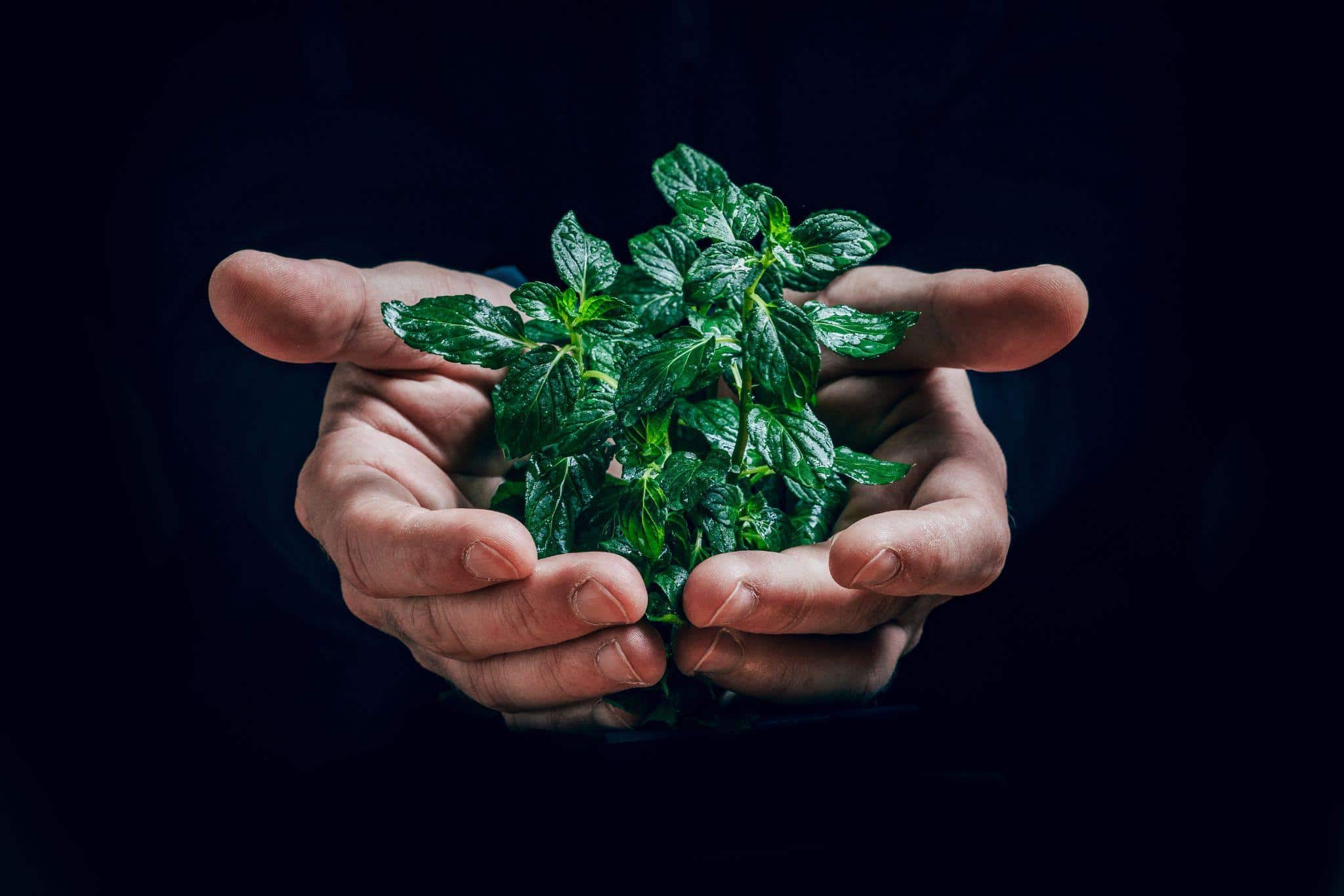
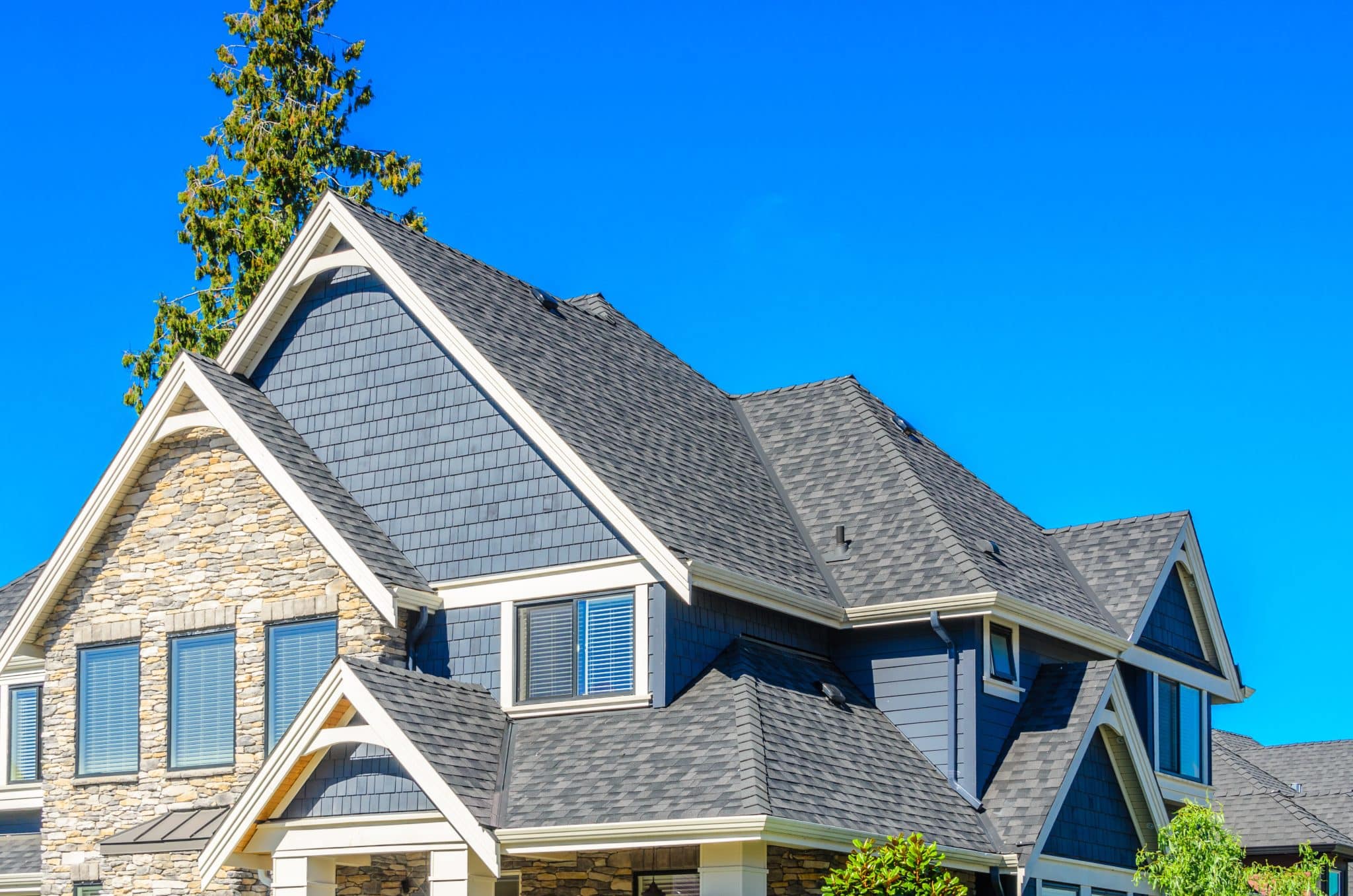

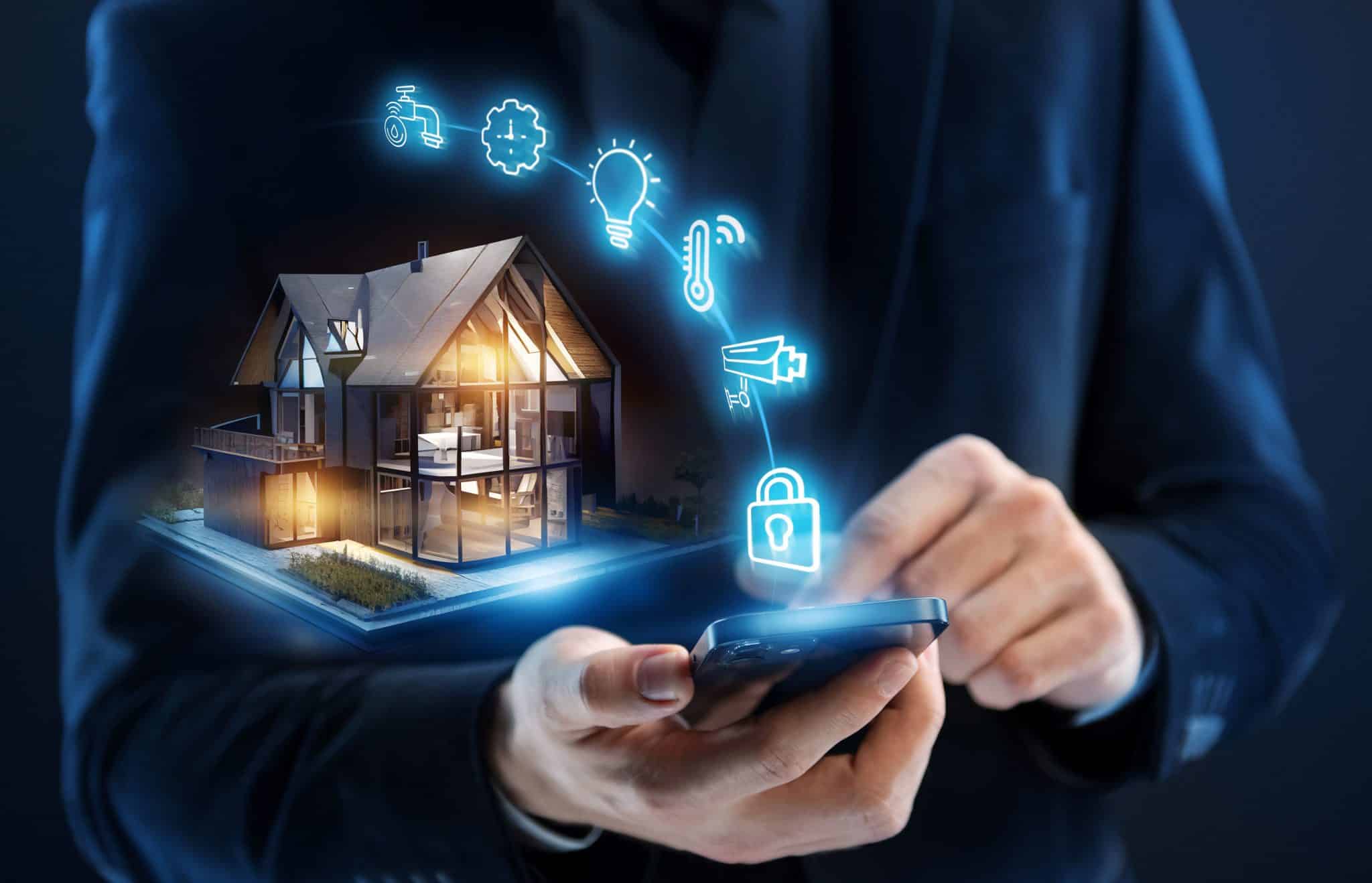
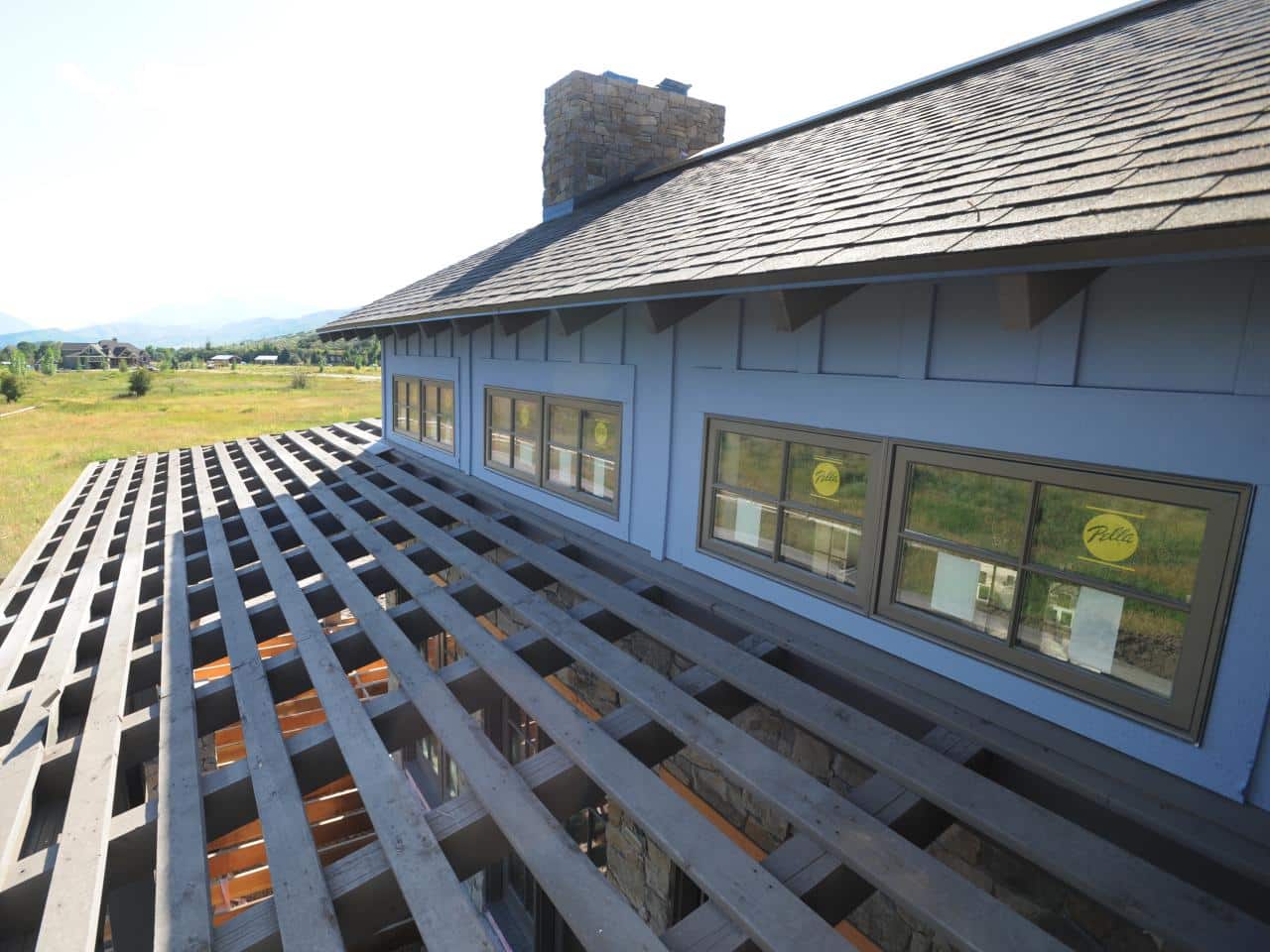
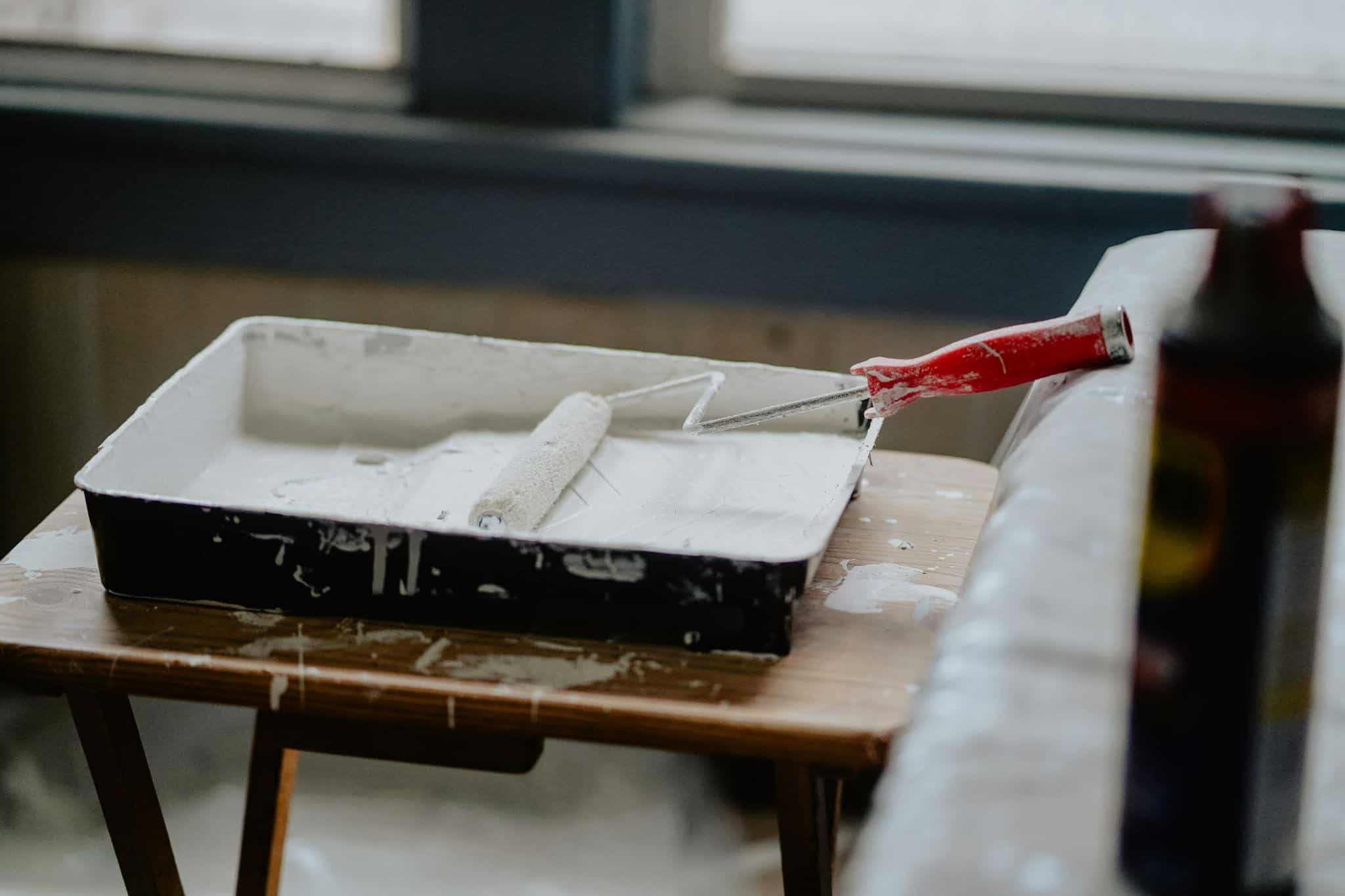
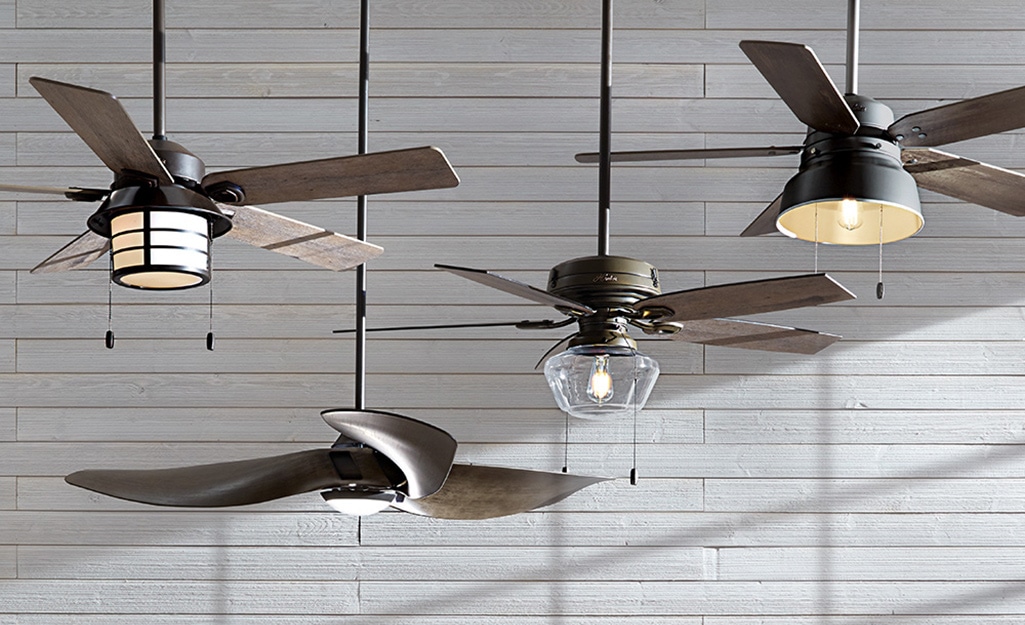
2 Comments